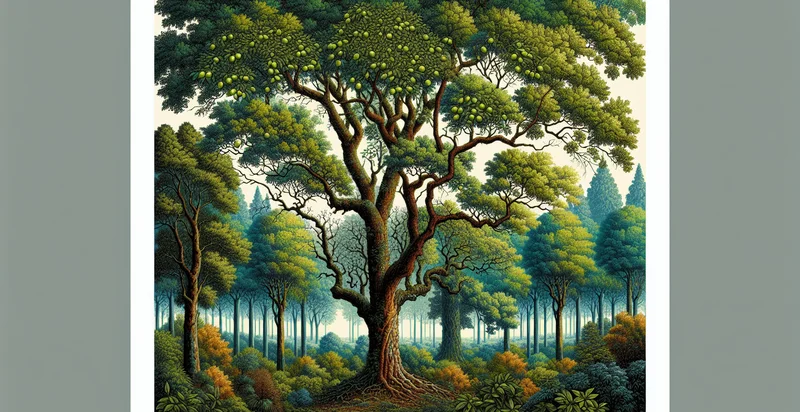Identify tree leaf shapes
using AI
Below is a free classifier to identify tree leaf shapes. Just upload your image, and our AI will predict what type of tree leaf shape it is - in just seconds.

Contact us for API access
Or, use Nyckel to build highly-accurate custom classifiers in just minutes. No PhD required.
Get started
import nyckel
credentials = nyckel.Credentials("YOUR_CLIENT_ID", "YOUR_CLIENT_SECRET")
nyckel.invoke("tree-leaf-shapes", "your_image_url", credentials)
fetch('https://www.nyckel.com/v1/functions/tree-leaf-shapes/invoke', {
method: 'POST',
headers: {
'Authorization': 'Bearer ' + 'YOUR_BEARER_TOKEN',
'Content-Type': 'application/json',
},
body: JSON.stringify(
{"data": "your_image_url"}
)
})
.then(response => response.json())
.then(data => console.log(data));
curl -X POST \
-H "Content-Type: application/json" \
-H "Authorization: Bearer YOUR_BEARER_TOKEN" \
-d '{"data": "your_image_url"}' \
https://www.nyckel.com/v1/functions/tree-leaf-shapes/invoke
How this classifier works
To start, upload your image. Our AI tool will then predict what type of tree leaf shape it is.
This pretrained image model uses a Nyckel-created dataset and has 30 labels, including Acuminate, Broadleaf, Compound, Cordate, Curled, Elliptical, Emarginate, Entire, Falcate and Heart-Shaped.
We'll also show a confidence score (the higher the number, the more confident the AI model is around what type of tree leaf shape it is).
Whether you're just curious or building tree leaf shapes detection into your application, we hope our classifier proves helpful.
Related Classifiers
Need to identify tree leaf shapes at scale?
Get API or Zapier access to this classifier for free. It's perfect for:
- Agricultural Monitoring: The tree leaf shapes identifier can assist farmers and agricultural professionals in monitoring crop health by analyzing the shapes of tree leaves. Identifying sick or unhealthy leaves can lead to prompt interventions, maximizing yield and reducing losses.
- Ecological Research: Researchers can utilize this identifier in ecological studies to classify and catalog different tree species based on their leaf shapes. This can aid in biodiversity assessments and help in understanding evolutionary relationships among various plant species.
- Environmental Conservation: Conservationists can use the tree leaf shapes identifier to identify protected or endangered tree species in various ecosystems. This information can inform conservation strategies and help in tracking changes in forest composition due to climate change or human activities.
- Educational Tools: Educational institutions can implement the leaf shape identifier as a teaching tool in botany and environmental science courses. It can provide students with interactive learning opportunities, allowing them to better understand plant identification and taxonomy.
- Forestry Management: Forestry managers can leverage this technology to efficiently inventory tree species in specific areas and assess forest health. It enables better planning for logging activities, reforestation efforts, and habitat protection by providing accurate species distribution data.
- Urban Planning: Urban planners can utilize the identifier to assess the types of trees in urban areas for aesthetic, ecological, and infrastructural planning. By understanding which tree species are present, they can make informed decisions regarding landscaping, shade provision, and urban biodiversity.
- Product Development in Agriculture: Companies focused on agricultural technology can incorporate the leaf shape classification function into their products, such as pest detection systems or nutrient management tools. This technology can enhance precision agriculture by providing insights on how specific tree species react to different agricultural practices.


